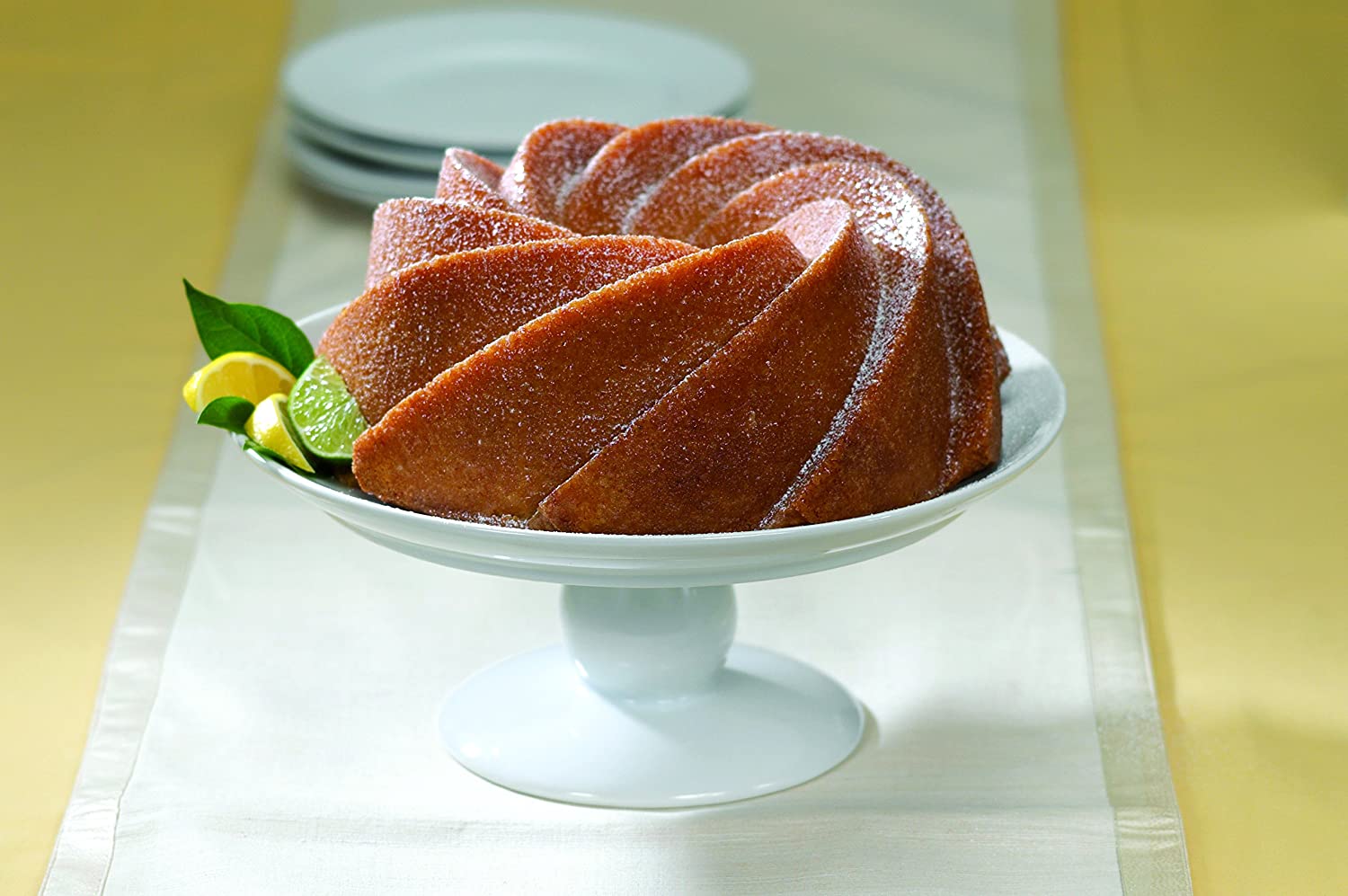In the 18th century, a bread called Kouglof was made in Europe. The Polish King Stanislas Leczynski, upon being dethroned (losing his throne) and moving to his Duchy of Lorraine, complains about the dryness of Kouglof bread. So Cook Stohger adds cream, raisins and rum. Stanislas was fond of reading The Thousand and One Nights, so he baptized this new mixture as Ali-Baba, the name of the bread was simply Baba.
Stanislas Leczynski's daughter, Princess Maria married Louis XV, arrived in Paris in 1725 with a pastry chef among his servants, named Sthorer, who later opened a pastry shop popularizing baba.
Another version says that a Parisian pastry chef named Georges, who settled on Coq street in 1840, began to popularize Babá, until his brother the pastry chef Julien made several modifications to it that ended up in a bread that was given the name by Brillant-Savarin as a tribute to the author of The Physiology of Taste, who eventually left the name only in Savarin as this preparation is known throughout the world.
Until then, bread was made in ceramic molds that were very expensive, so in 1950 in the United States of America David H. Dalquist made an aluminum mold that became very popular and his company NordicWare began to mass-manufacture them. Even today they continue to be sold and are called Bundt molds since that date.
Currently with the new materials, the silicone module has become popular with many different shapes, and having a hole or hole in the center allows a more uniform cooking.
These silicone molds in addition to not taking up space, being able to be used for baking, and not storing odors can be used to make jellies, puddings, mousses and many other desserts where the limit is your imagination.
Would you be interested in making a dessert with a mold like this?

